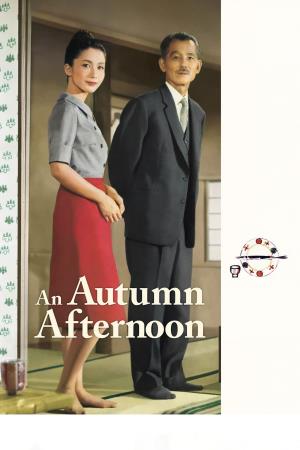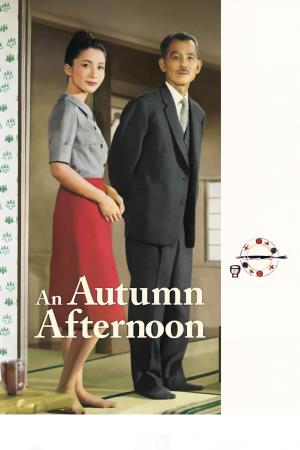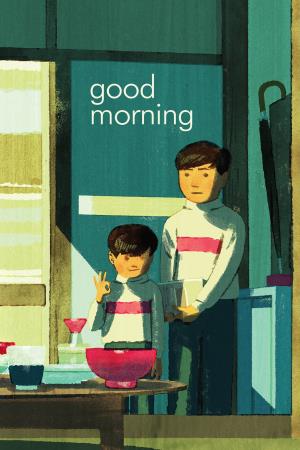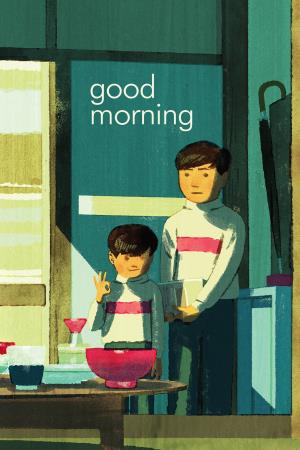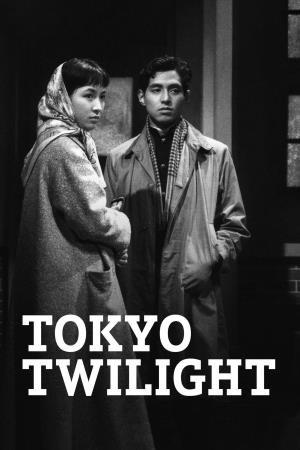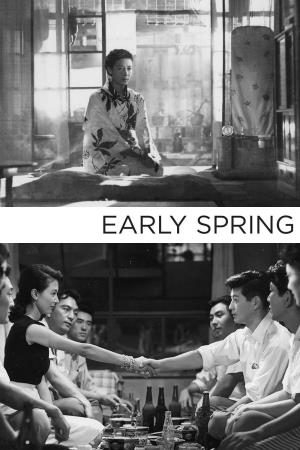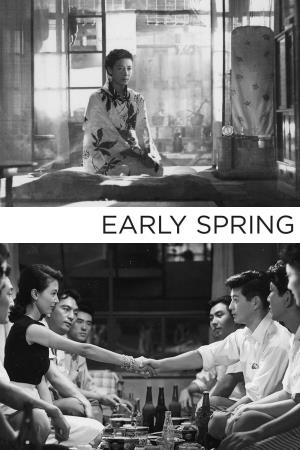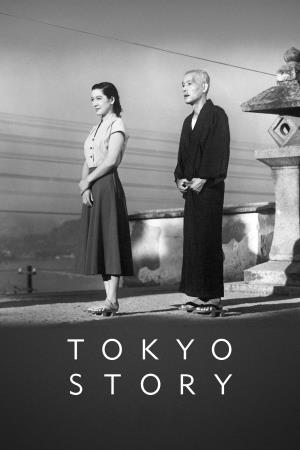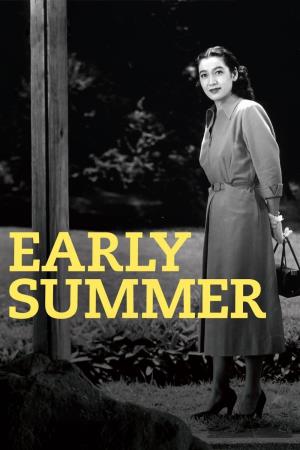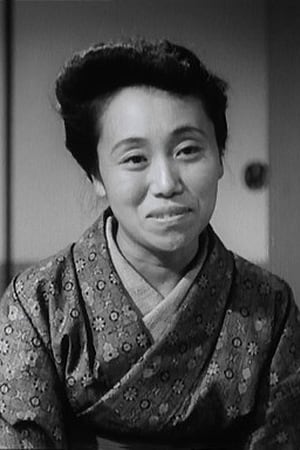
From Wikipedia, the free encyclopedia.
Haruko Sugimura (January 6, 1909 – April 4, 1997) was a Japanese stage and film actress, best known for her appearances in the movies of Yasujiro Ozu and Mikio Naruse from the late 1940s to the early 1960s. In the West, her most famous role was that of Shige, the elderly couple's hairdresser daughter in Ozu's Tokyo Story (1953).
Description above from the Wikipedia article Haruko Sugimura, licensed under CC-BY-SA, full list of contributors on Wikipedia.?
Gender: Female
Born On: 6-Jan-1909
Last Info Sync: 9/13/2018 5:31:00 PM
Haruko Sugimura's Filmography on TV
List of programs starring Haruko Sugimura on tv. Programs are sorted in order of last seen on tv. Last updated: May 16, 2025 10:29 PM
Il gusto del sake' (1962)
Shuhei Hirayama is a widower with a 24-year-old daughter. Gradually, he comes to realize that she should not be obliged to look after him for the rest of his life, so he arranges a marriage for her.
Genres
#DramaIl gusto del sake' - Il gusto del sake' (1962)
Shuhei Hirayama is a widower with a 24-year-old daughter. Gradually, he comes to realize that she should not be obliged to look after him for the rest of his life, so he arranges a marriage for her.
Genres
#DramaBuon giorno (1959)
A lighthearted take on director Yasujiro Ozu’s perennial theme of the challenges of intergenerational relationships, Good Morning tells the story of two young boys who stop speaking in protest after their parents refuse to buy a television set. Ozu weaves a wealth of subtle gags through a family portrait as rich as those of his dramatic films, mocking the foibles of the adult world through the eyes of his child protagonists. Shot in stunning color and set in a suburb of Tokyo where housewives g
Buon giorno - Buon giorno (1959)
A lighthearted take on director Yasujiro Ozu’s perennial theme of the challenges of intergenerational relationships, Good Morning tells the story of two young boys who stop speaking in protest after their parents refuse to buy a television set. Ozu weaves a wealth of subtle gags through a family portrait as rich as those of his dramatic films, mocking the foibles of the adult world through the eyes of his child protagonists. Shot in stunning color and set in a suburb of Tokyo where housewives g
Crepuscolo di Tokyo - Crepuscolo di Tokyo (1957)
Two sisters find out the existence of their long-lost mother, but the younger cannot accept the fact that she was abandoned as a child.
Genres
#DramaInizio di primavera (1956)
A young salary man and his wife struggle within the confines of their passionless relationship while he has an extramarital affair.
Inizio di primavera - Inizio di primavera (1956)
A young salary man and his wife struggle within the confines of their passionless relationship while he has an extramarital affair.
Viaggio a Tokyo (1953)
The elderly Shukishi and his wife, Tomi, take the long journey from their small seaside village to visit their adult children in Tokyo. Their elder son, Koichi, a doctor, and their daughter, Shige, a hairdresser, don't have much time to spend with their aged parents, and so it falls to Noriko, the widow of their younger son who was killed in the war, to keep her in-laws company.
Genres
#DramaViaggio a Tokyo - Viaggio a Tokyo (1953)
The elderly Shukishi and his wife, Tomi, take the long journey from their small seaside village to visit their adult children in Tokyo. Their elder son, Koichi, a doctor, and their daughter, Shige, a hairdresser, don't have much time to spend with their aged parents, and so it falls to Noriko, the widow of their younger son who was killed in the war, to keep her in-laws company.
Genres
#DramaInizio d'estate - Inizio d'estate (1951)
A 28-year-old single woman is pressured to marry.
